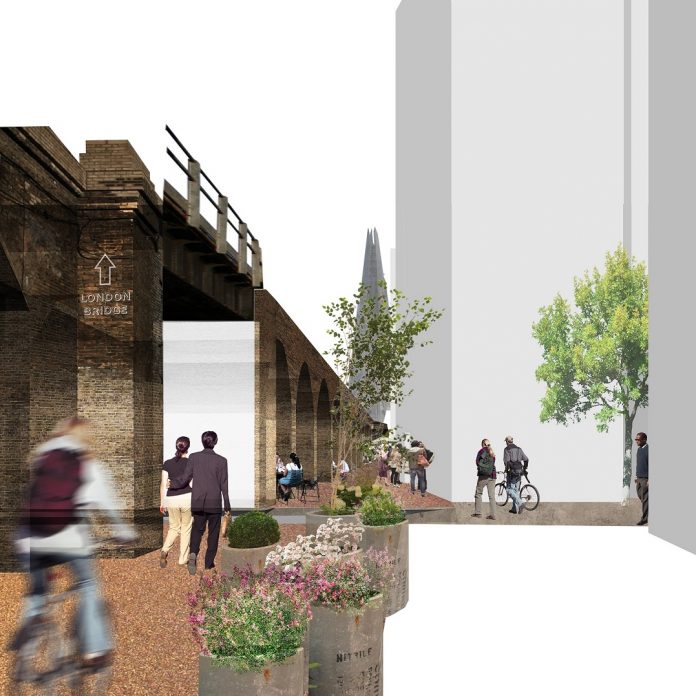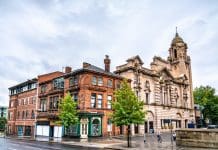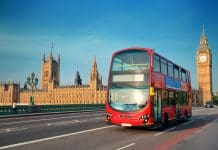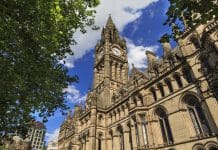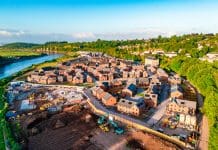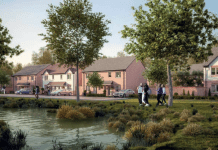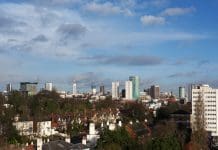Peter Williams, CEO, Better Bankside talks about how Business Improvement Districts can influence change on a local level
The major political events of 2016 are being interpreted as a protest against globalisation, the power of large corporations, and the concentration of power and resource in fewer hands. Across the developed world public services are under increasing pressure, and growing numbers of the population are complaining that they aren’t sharing in the proceeds of growth. It is evident that debate is overdue at the macro level.
What is happening through BIDs and other initiatives at the local level can feed into that debate. Business Improvement Districts (BIDs) operate within a defined area in which a levy is charged on all business rate payers, to fund a programme of projects and services which will benefit businesses in the local area. They have been operating globally for more than 30 years and across the UK for over a decade.
A BID gives businesses the means of identifying and funding priorities for the place where they are located. They are a powerful tool for directly involving local businesses in local activities and allowing the business community, local authorities and other stakeholders to work together to improve the local environment. Through aligning the interests of these different sectors, BIDs can realise new forms of resource to aid cities’ liveability.
Establishing a BID
To establish a BID, the majority of businesses in a defined area must vote to support a manifesto of measures that are additional to services provided by the local authority. The subsequent levy raised on businesses in that area must then be spent within that area on a programme identified by the board, which includes owners of both local businesses large and small.
The initial focus of a BID is often to deliver more of the clean, green and safe services that improve the local trading environment. As BIDs mature these ‘core’ services widen to encompass everything from CSR projects and employee engagement events to strategies for the urban realm, air quality and public art.
Like many other BIDs, Better Bankside has long acknowledged the complexity of the neighbourhood in which we operate. This begs the question of how we as a Business Improvement District can respond to the needs of both businesses who pay the levy and the broader interests of residents and others in the local community. Part of our response has been the inclusion and engagement of community and resident groups at board level. Developing a more inclusive model that identifies common cause for businesses and residents has had undoubted success on Bankside.
BIDs fostering urban regeneration
Through collaboration with a range of stakeholders, BIDs can be at the forefront of urban regeneration and governance.
Here at Better Bankside, working with our partners at Network Rail and in the community, we are beginning to realise the ambition of the Low Line, a long term project that will transform the public realm and open up a pedestrian walkway along the base of the Victorian rail viaducts in Bankside and beyond. It is already gaining traction, with inspiring new public spaces, a new food and music hub in railway arches at Flat Iron Square, and a home to two theatres and several new restaurants. As well as bringing new names to the neighbourhood, opening up these previously inaccessible stretches and increasing pedestrian footfall supports our strategy of pulling social and economic activity away from a crowded riverside, while increasing the supply of space to give small, independent businesses the opportunity to thrive.
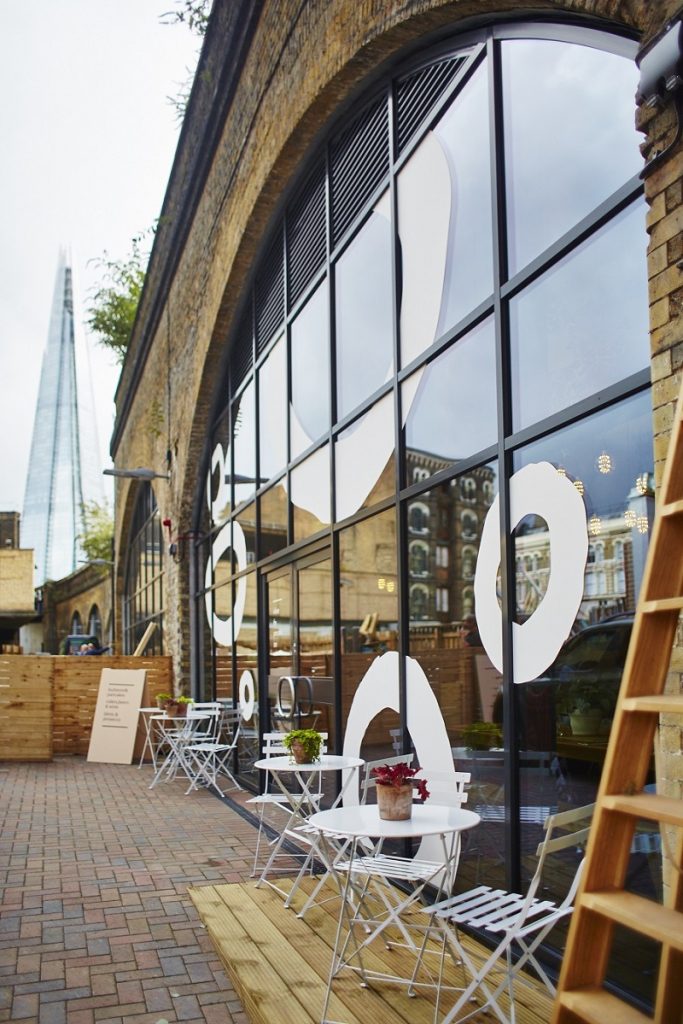
Looking back at 16 years at Better Bankside, it is clear that the BID model can also play an important role in fostering development that is more appropriate to the context, forward thinking, and sensitive to its impacts on both businesses and residents. Standards are rising, if not as consistently as we would hope. But have BIDs had the same impact nationally?
An analysis of the growth of BIDs since their inception in 2005 shows that their spatial spread has been incredibly uneven. The different levels of financial and moral support from local, regional and national governments have played a part in this. But this begs a second question as to why this has been so variable. London has over 50 BIDs, and Scotland has been quick on the uptake, but other areas such as the North West and, until relatively recently, Wales and Northern Ireland, have been less enthusiastic. Why have some locales been much quicker to adopt this mechanism?
Are we approaching peak BIDs? Personally, I suspect not. But the next generation of BIDs must carefully consider the fundamentals of the concept. It will not be enough just to import successful projects and services from elsewhere. Programmes must be firmly based on a full understanding of place and local conditions, and the mechanisms that deliver these programmes made fully fit for that purpose.
If we can avoid the dangers of standardisation while achieving the efficiencies of operations that maturity can bring, then the BID model can grow further both in London and in other urban areas across the UK and Europe, encouraging and facilitating economic growth and positively impacting on businesses and those living and working there.
Peter Williams
CEO
Better Bankside
info@betterbankside.co.uk


